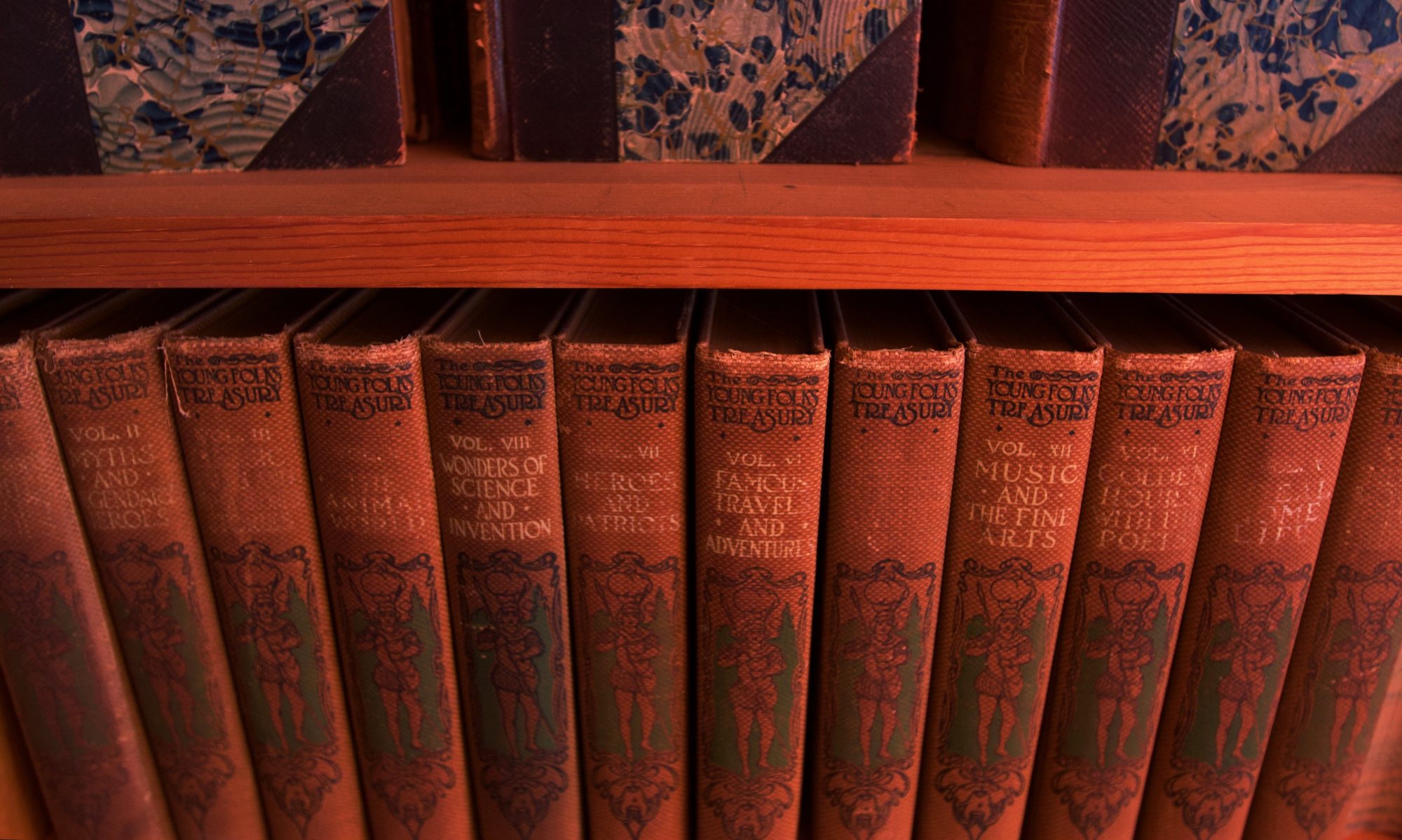
Derek and I studied abroad in England in 2005, which gave us a great opportunity to travel around Europe whenever we weren’t in school. We made a point to pick up a Christmas ornament from each place we visited, which was usually easy enough. An Eiffel tower from Paris, a golfer from Edinburgh, etc. But for whatever reason, we struggled to find “the” ornament from Barcelona—until a cab driver excitedly told us about “the shitter.”
In Barcelona there is a beloved Christmas tradition called “el caganer,” which roughly translates to “the shitter.” Since sometime in the late 17th century, Catalans in northeastern Spain celebrate the birth of Jesus with a defecating figurine, a nod to their agrarian history. With pants around his ankles, el caganer is shown squatting, caught in the act. Traditionally he wears the red cap, white shirt, and black trousers of the Catalan peasant. Parents hide him somewhere in the nativity scene for children to find as a game, usually tucked modestly behind a tree, barn or animal. We’ve kept this tradition alive in our house by hiding him in our tree for Derek to find, with a prize for him if he does.
While some foreigners consider this addition to the manger distasteful, if not sacrilegious, Catalans wouldn’t think of leaving him out, as he symbolizes fertility and good fortune for the year to come. But there may be more behind el caganer.
At the time of Christ’s birth, el caganer is busy being human, a gentle reminder that Jesus arrives when we least expect Him, while we are fully engaged in the mess of being ourselves. Which brings us to the other truth: Jesus was fully human, too. In the very scene that depicts the divine incarnation, Catalans have an all-too-real depiction of exactly what that means: our great and glorious God came not just to be with us, but as us, in every sense of the word. God didn’t shy away from our humanity, but embraced it, poop and all.
The wise men brought baby Jesus gold for kingship, frankincense for deity, and myrrh for death; el caganer gives his own fragrant gift for a bountiful harvest in the coming year. In his humility, in his humanity, he gives his raw and authentic self, possibly the greatest gift of all.
There is an old Spanish proverb that says, “Dung is no saint, but where it falls it works miracles.” The tradition of el caganer confronts us to acknowledge that some of life’s greatest glories are born from messy circumstances. I have no doubt that this truth was not lost on the very real virgin Mary, who on that holy night would have endured great discomfort and pain, surrounded by the sounds and smells of barn animals, her own cries delivering up an all-too-real, all-too-messy infant into her arms, and into the world.
